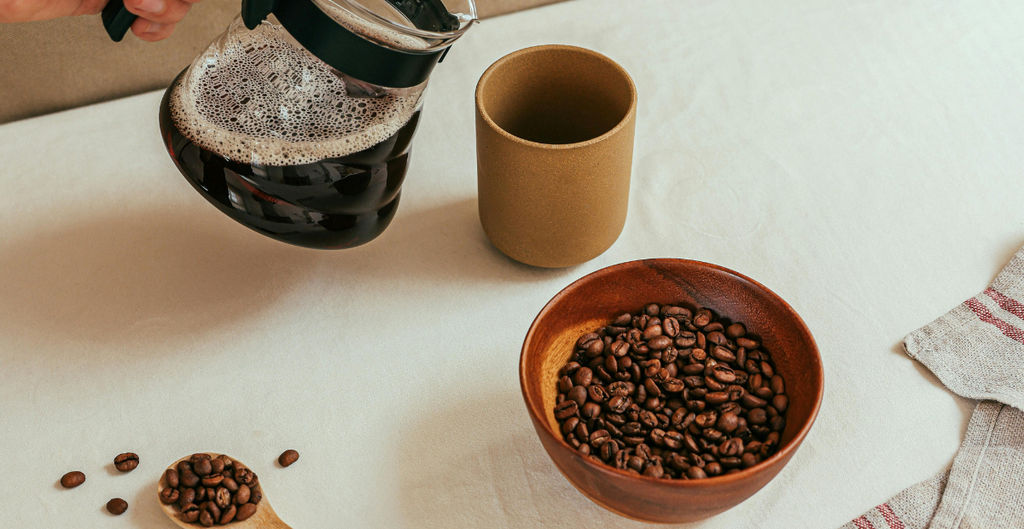Are you a coffee lover keen to unravel the mysteries of Arabica and Robusta beans? Join us on a flavorful journey as we explore the unique characteristics that set these coffee giants apart.
Discover the nuances of aroma, taste, and texture that make Arabica a favourite among connoisseurs, while Robusta's boldness adds a kick to your morning cup.
Whether you're a casual sipper or a dedicated brew enthusiast, understanding the Arabica vs Robusta debate will deepen your appreciation for the world's favourite beverage.
What are the main differences between Arabica and Robusta coffee beans?
Arabica and Robusta are the two primary species of coffee beans, each with distinct characteristics. Arabica beans are known for their delicate flavours, ranging from fruity and floral to nutty and chocolate notes. On the other hand, Robusta beans have a stronger, more robust flavour profile with hints of bitterness and earthiness.
How do Arabica and Robusta beans differ in terms of caffeine content?
One significant difference between Arabica and Robusta beans is their caffeine content. Robusta beans typically contain about twice as much caffeine as Arabica beans. This higher caffeine content contributes to Robusta's bold and intense flavour profile, making it a popular choice for espresso blends and strong coffee lovers.
Are there any notable differences in the cultivation and growing conditions of Arabica and Robusta beans?
Yes, Arabica and Robusta beans thrive in different environments. Arabica beans are typically grown at higher altitudes in subtropical regions with cooler temperatures and ample rainfall. In contrast, Robusta beans are more resilient and can withstand higher temperatures and altitudes, making them suitable for cultivation in lowland tropical areas.
How do Arabica and Robusta beans differ in terms of price and availability?
Arabica beans are generally priced higher than Robusta beans due to their superior quality and complex flavour profiles. However, Robusta beans are more readily available and widely used in commercial coffee blends, particularly in instant coffee and espresso blends where a strong flavour is desired.
In terms of taste, how would you describe the difference between Arabica and Robusta coffee?
Arabica coffee is often described as smooth, with a milder acidity and a wide range of flavour notes, including fruit, floral, and chocolate undertones. In contrast, Robusta coffee has a stronger, more bitter taste, with earthy and nutty flavours that provide a bold and intense drinking experience.
Can you blend Arabica and Robusta beans together?
Yes, coffee blends often combine Arabica and Robusta beans to create unique flavour profiles. Blending allows roasters to balance the acidity, body, and caffeine content of the final coffee product, offering a customised drinking experience for coffee enthusiasts.

Final thoughts on Arabica vs Robusta
In conclusion, understanding the differences between Arabica vs Robusta coffee beans opens a world of possibilities for coffee enthusiasts.
Here's to your next cup of Essenza Coffee. Shop our delicious range now, and if you’ve enjoyed this deep dive, be sure to check out the rest of the resources on our blog. For any questions, please reach out to the friendly team.

